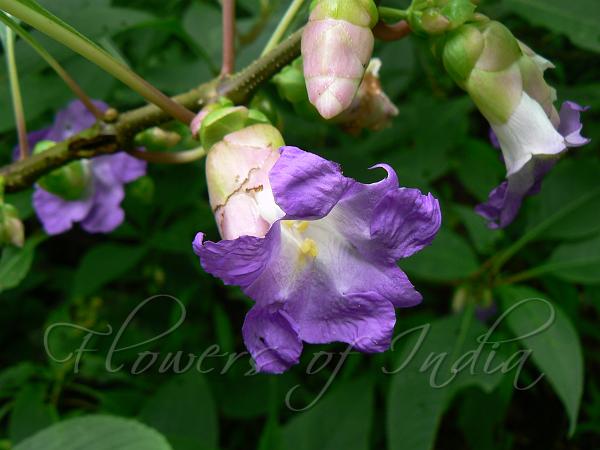
| File size | 1650045 |
| Original date | 8/26/07 10:20 AM |
| Resolution | 2816 x 2112 |
| Flash | Flash did not fire, auto |
| Focal length | 6.0mm |
| Exposure time | 1/50s |
| Aperture | 4.0 |
| Focus Distance | |
| Metering Mode | Multi-segment |
| Camera make | Panasonic |
| Camera model | DMC-FZ7 |
| Sensor type | OneChipColorArea |
| |
Common name: Karvy • Hindi: Maruadana • Manipuri: খুম Khum • Marathi: कारवी Karvy
Botanical name: Strobilanthes callosus Family: Acanthaceae (Ruellia family)
Synonyms: Carvia callosa
Botanical name: Strobilanthes callosus Family: Acanthaceae (Ruellia family)
Synonyms: Carvia callosa
Karvy is a purplish-blue wild flower, which blooms once every seven years. The plant was first discovered by Nees, a resident Britisher of Mumbai in the last century. The Karvy plant grows wild around Mumbai, Madhya Pradesh, Parts of Gujarat and in large areas of Konkan and North Kannara Ghats. It is a shrub growing 2-6 m tall. Oppositely arranged, elliptic-lancelike toothed leaves are 10-20 cm long. Each year the plant comes alive with the advent of Monsoon,and once the rains are over, what is left behind is dry and dead-looking stems.This pattern repeats itself for seven years. In the seventh year, the plant explodes into mass flowering. The Karvy plant has many uses as well. The leaves and the stems are also used for thatched roofs after the season is over.
Medicinal uses: The Karvy leaves are crushed and the juice is believed to be a sure cure for stomach ailments.
Medicinal uses: The Karvy leaves are crushed and the juice is believed to be a sure cure for stomach ailments.
| r |
Identification credit: Dinesh Valke

Tidak ada komentar:
Posting Komentar